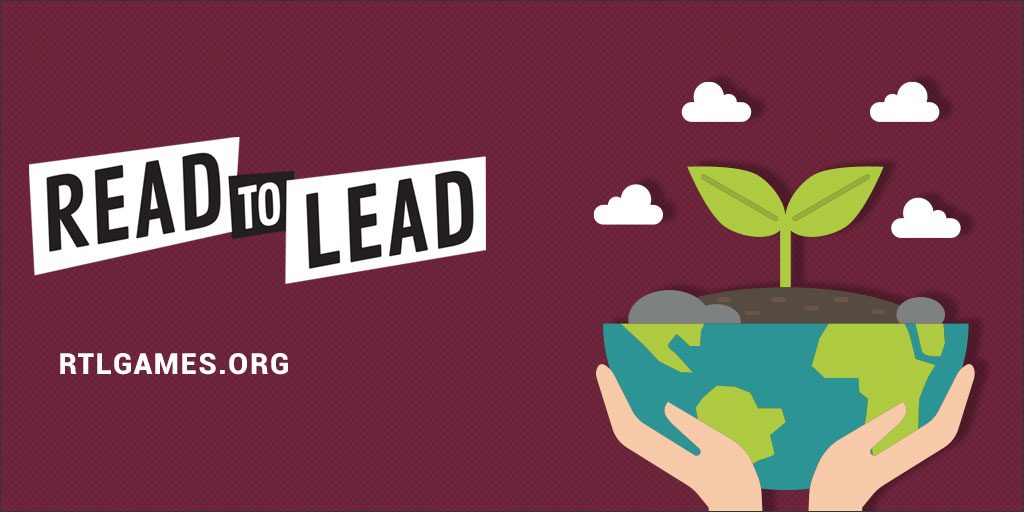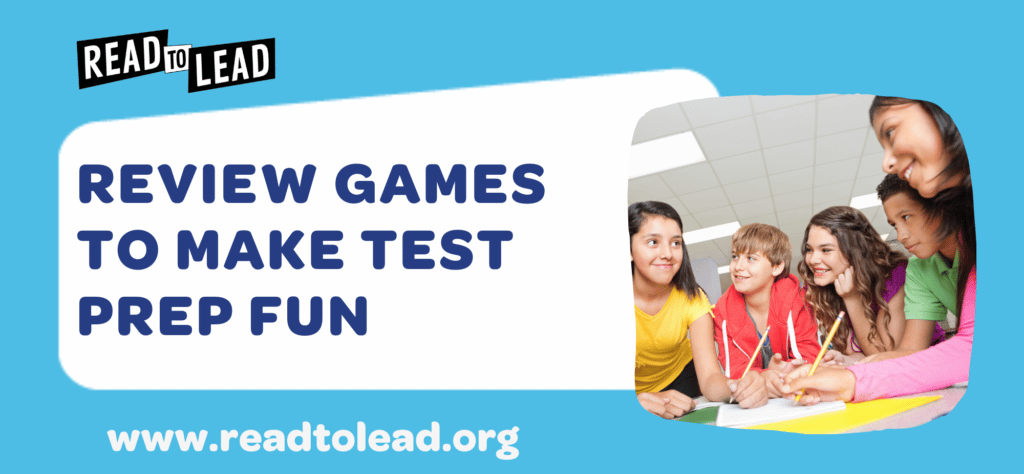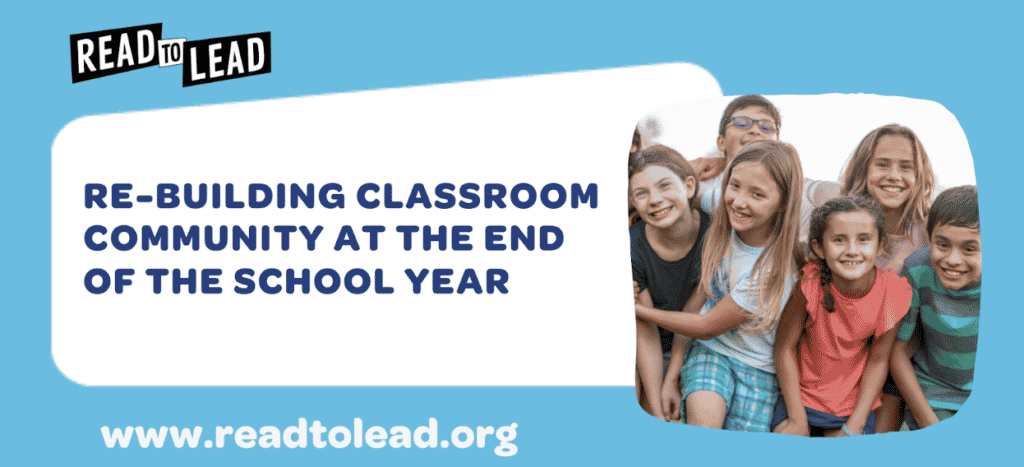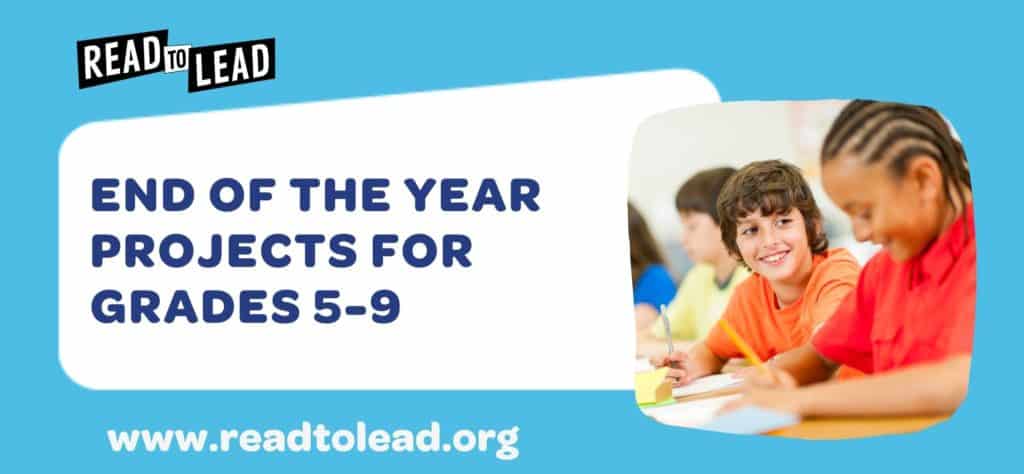
Earth Day is the world’s largest environmental movement recognized in over 193 countries. This year’s celebration marks 50 years of Earth Day. Typically celebrated at in-person events around the world, this year Earth Day 2020 is being celebrated digitally in light of the COVID-19 pandemic.
This Earth Day, why not spark curiosity and passion in students ages 10-15 about issues impacting our planet with games? In Read to Lead, students become the boss of a virtual workplace in the medical, journalism, and public service industry and solve complex challenges related to the environment.
These connections can inspire students to research topics of interest and create a plan to contribute to their own community in service and celebration of our Earth.
Learning Games: Students Make Decisions About the Environment as the Boss
Below we’ve highlighted some of the specific games in Read to Lead that help students critically think through environmental problems.
Everything suggested below can be found in the Read to Lead platform.
Read to Lead Game: Vital Signs
(Medical Industry)
Earth Day Topic Explored: Pollution and the Environment
In the series Vital Signs, children become the Medical Director at the Be Well Family Clinic.
Games 1, 6 and 12 of Vital Signs follow the story arc of the local power plant reopening in the fictional town of Port Douglas and the negative impact this has on the local residents. Each game comes with a short “Prepare” lesson and follow-up “Discussion Questions”.
These activities are created using Google worksheets so they can be implemented remotely. Both the lesson plans and Google worksheets are located in your educator hub when you click on the game you want to play.
Here are some descriptions of the environmental challenges students will face as the boss of the games!

Episode 1: Just Breathe
A local community center employee, Mai, comes into the clinic with a severe asthma attack. The Medical Director has to investigate the case to uncover the environmental factors that might be making people in the community ill. They must decide whether to tell Mai that the pollution from the power plant might be the underlying cause of her asthma attack. In this episode, children get a chance to learn more about the real-life impacts of pollution on our community and our planet.

Episode 6: Act Up
Fog Hollow, one of Port Douglas’ poorest neighborhoods, has been in trouble since the power plant reopened, with many community members falling ill as a result of the pollution from the plant.
Austin, one of the staff at the clinic, is planning a Public Service Announcement (PSA) to raise awareness of the issue and Brendan, another staff member has thoroughly researched the situation in Fog Hollow. This game gives children a chance to learn about the importance of advocacy around environmental issues and how these efforts can create an impact on the community.

Episode 12: Come Together
As children work through the episode, they discover that the power plant in Fog Hollow has officially shut down! Children are able to appreciate the effect of their efforts from the previous episodes in creating the change they wanted to see in their community.

Read to Lead Game: Community in Crisis
(Public Service)
Earth Day Topic Explored: Creating a Community Garden
In Community in Crisis, children adopt the role of Director at the Common Ground Community Center and manage the needs of a diverse community after a natural disaster.
Episode 7: Sowing the Seeds
In Episode 7, members of the Port Douglas community are in conflict over what to do with the Center’s garden. The community is divided into teens and seniors, with both groups having distinct ideas about what would be the best use of the space available.
Advocacy Projects: Students Raise Awareness and Take Action

1. Create a Public Service Announcement
Use our What Does It Mean to Be An Advocate? lesson, to help your students learn more about what it means to be an advocate and why it is important to be one. Children can pick a cause and create a storyboard for a PSA to raise awareness on this issue.
In line with Earth Day, they can consider topics such as climate change, conservation of animal species, the importance of recycling or other related topics, or even work on multiple projects on different topics!
2. Create a Community Service Plan
Use the Community Service Project to help your students think creatively about how they can help the planet and create an actionable plan or brochure describing their idea.
Some examples of student-led projects that children may undertake while at home include:
• Setting up a recycling station in the home
• Starting an indoor garden at home or a garden in the yard
• Creating a virtual presentation or awareness posters on climate change
• Additional topics and ways for students to get involved digitally can be found on Earth Day Live.
How will you be celebrating Earth Day at home this year? We’d love to hear your creative ideas! Connect with us on Facebook, Twitter, and Instagram to share!
About Read to Lead
Read to Lead uses the power of game-based learning to empower middle school students to build literacy, life, and career skills. Teachers can sign up for a free account to get started!


